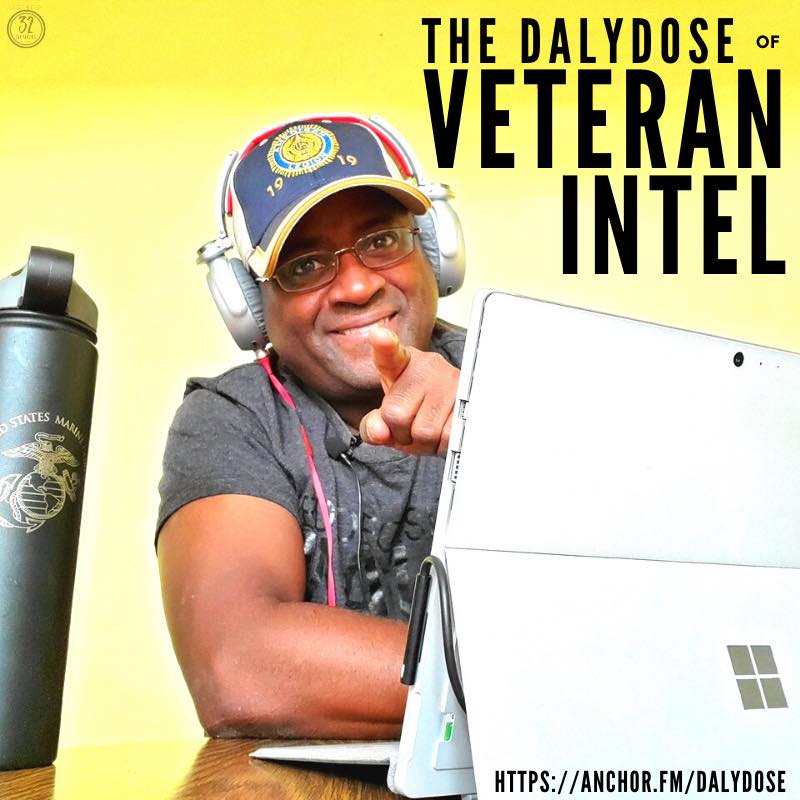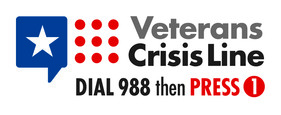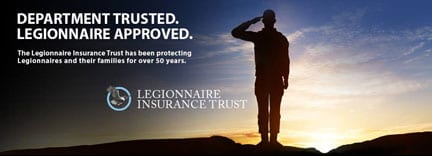
Jeff Daly, host of the Veterans Intel podcast
In a world of 4K television and IMAX movies, the podcast is a nod back to the days of the humble radio show. Thanks to technology, the barriers to entry have been removed and now anyone can broadcast to the world. This medium is extremely accessible not just for creators, but also the listeners.
Aided by the popularity of audio-books, the appeal of podcasts is strong and growing. Listeners are enjoying an alternative to music on their commutes, in the gym, and around the house. Listeners can access and subscribe to a podcast using the same apps that they use to listen to music, or with dedicated apps.
Podcasts are a great way of reaching any audience from wide to very niche specific. It may surprise you that it is not overwhelmingly difficult to get started in creating a podcast, either.
What do you need to get started in Podcasting?
The first thing that you should do is think about to whom you’d like to speak. In my podcast, The Daly Dose of Veterans Intel, I want veterans to be my audience. That’s a big goal. In these early stages, I know that my growth will come from my fellow American Legion members, so my content is slanted toward talking about issues that matter to them. By extension, those are the same issues many veterans care about.
It’s OK to have huge goals, but figure out where you want to start on that path to podcast fame.
After deciding your audience, you will need to take stock of your hardware. If you have a smartphone, you have the technology to create a podcast. The microphones are “good enough” if you have a really quiet space to work. In your pocket, you have all that you need to broadcast something today.
My suggestion to you is to spend a little bit of money to get an improved microphone. If you have a phone that still has a headphone jack, you can get a wired lavalier microphone for around $20. Currently, that’s what I use and I’m getting good results. There are more USB-C (Android) and Lightning (Apple) microphones coming out and, of course, you can go wireless with Bluetooth.
There is also the option of using your computer to record your podcast. Most laptops have a headphone jack, so you will be able to use the wired lav. You will also likely have a standard USB port, for which there are many microphone options.
Finally, you will need a platform. You can search for podcast software in an internet search engine. After research, I decided to use Anchor.fm as my platform. I chose it for a variety of reasons, including:
• Since Spotify acquired Anchor.fm, the service is free to use
• Because Anchor.fm is owned by Spotify, your podcast will appear on Spotify almost immediately
• Anchor.fm will send your podcast to popular services like Google Podcasts, Apple Podcasts, Pocketcasts, etc.
• Anchor.fm has apps for Android and iOS and a website for computers. You can record anywhere at any time
• Anchor.fm has the built-in capability to do phone interviews
The most important thing to consider when embarking on the creation of a podcast is the content. Determine your audience and the break down the topics that will appeal to that audience and design your episodes around them. To start, I’ve kept my episodes at about 15 minutes, unless I have a special interview guest.
If you have a perspective that you’d like to share with the world, podcasting is a great choice. As you can see here, getting started and sounding professional isn’t costly and doesn’t require a lot of technical savvy.











